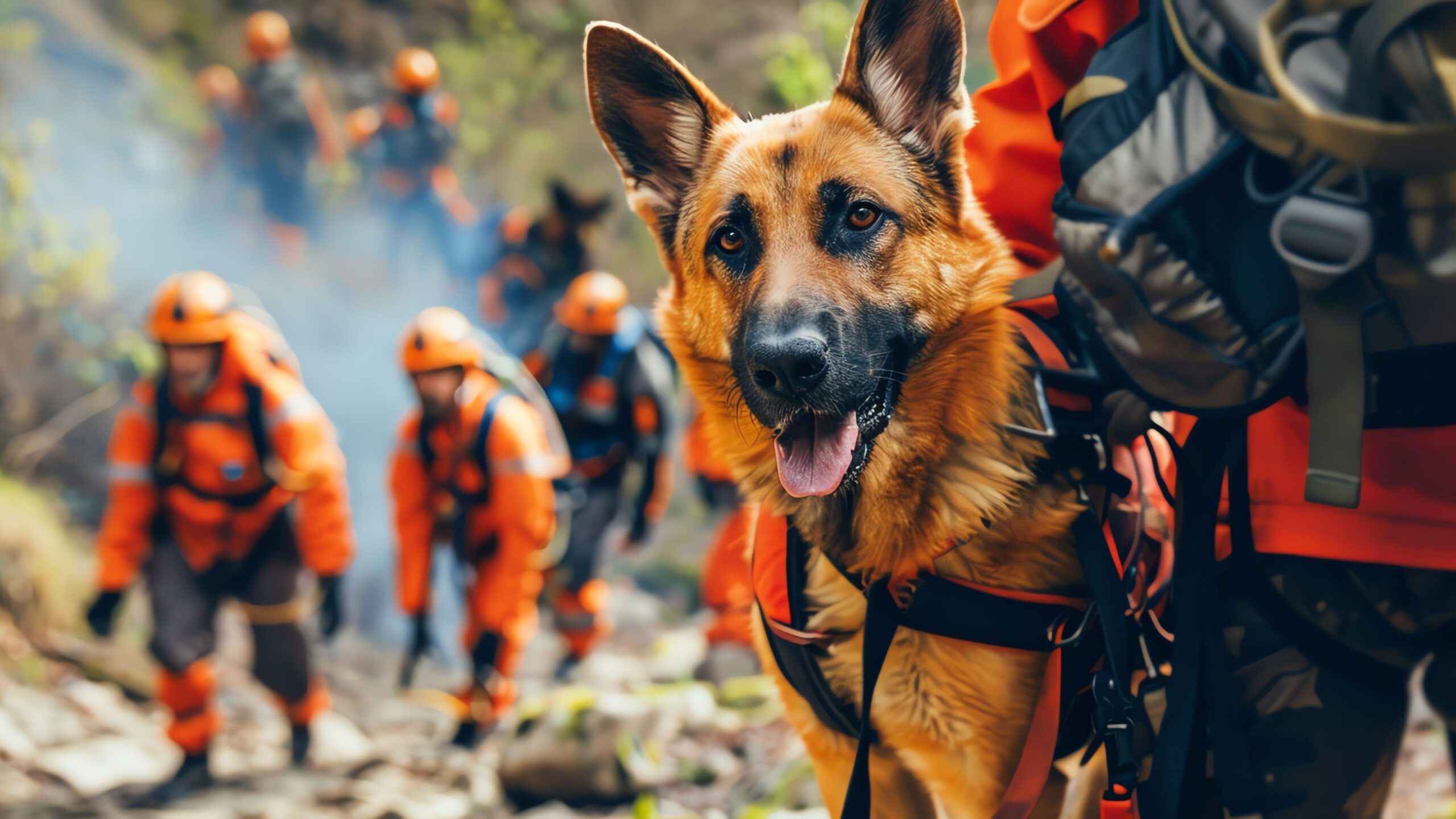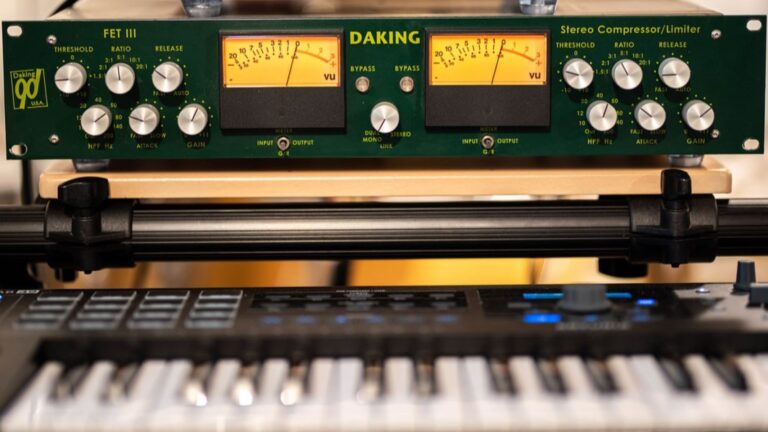When Sound Saves Lives: Emergency Use Cases from the Field
Have you ever stopped to think about how sound plays a vital role in saving lives during emergencies? It’s not just about sirens blaring or alarms ringing—sound can be a lifesaver in so many unexpected ways. From guiding rescue teams to alerting victims trapped under rubble, the right sound at the right moment can mean the difference between life and death. In this article, we’re diving deep into real-world emergency use cases where sound literally saved lives. We’ll explore how technology, nature, and human ingenuity combine to harness sound in crisis situations. Ready? Let’s jump in!
Understanding Sound as a Life-Saving Tool
Sound is one of the most powerful and immediate ways to communicate in an emergency. Unlike visual signals, which can be blocked by obstacles or limited by line of sight, sound waves travel through the air and can bend around objects, reaching people even when they cannot see what’s happening. This ability to permeate through chaos and clutter makes sound a vital lifeline when every second counts. Whether it’s a siren blaring to warn of a natural disaster or the faint tapping of someone trapped beneath rubble, sound can bridge the gap between danger and rescue.
Another remarkable feature of sound is its speed. Although it travels slower than light, sound moves fast enough to deliver urgent warnings almost instantly within a localized area. This rapid transmission enables immediate human reaction, often triggering instinctive responses like seeking shelter or calling for help. In emergency situations, these split-second reactions can drastically increase chances of survival. Sound acts as an invisible messenger that cuts through confusion, grabbing attention in noisy, stressful environments where visual cues might fail.
Moreover, humans have evolved to be highly sensitive to certain sounds, especially those associated with danger or distress. Our brains are wired to recognize alarm tones, screams, or unusual noises as signals requiring urgent attention. This innate responsiveness means that well-designed emergency sounds—such as sirens with specific frequencies or pulsing patterns—can effectively break through distractions and prompt people to act. Sound, therefore, is not just about transmitting information; it taps into our psychology, ensuring messages are heard and understood on a primal level.
Finally, sound’s role extends beyond alerting. In rescue operations, it’s often used as a guide or a tool to locate survivors. Rescuers listen carefully for faint calls, tapping, or breathing, sometimes using specialized equipment to amplify or analyze these noises. This acoustic detection can reveal the presence and position of trapped individuals when sight is impossible. Sound thus becomes a beacon of hope, helping responders pinpoint where help is most needed, speeding up recovery efforts, and ultimately saving lives. The ability of sound to both warn and guide makes it an indispensable element in emergency response worldwide.
The Science Behind Sound in Emergencies
| Aspect | Description | Why It Matters | Real-World Example | Challenges |
| Speed of Sound | Sound travels approximately 343 meters per second in air. | Enables rapid transmission of urgent warnings within seconds. | Emergency sirens alerting communities instantly. | Slower than light; limited range outdoors. |
| Directional Cues | Sound provides spatial information about the source’s location. | Helps rescuers and victims pinpoint danger or help sources. | Rescuers locating trapped survivors by tapping sounds. | Echoes or background noise can confuse direction. |
| Penetration | Sound waves can travel through walls, rubble, and other obstacles. | Reaches people where visual signals are blocked or ineffective. | Detecting calls beneath collapsed buildings after earthquakes. | Attenuation over distance reduces clarity. |
| Human Response | The brain instinctively reacts to specific sounds linked to danger. | Ensures immediate attention and action during emergencies. | People waking up from fire alarms or reacting to screams. | Alarm fatigue can reduce responsiveness. |
| Frequency & Pitch | Different frequencies travel and are perceived differently. | High-pitched sounds can cut through ambient noise better. | Sirens use high frequencies to stand out in urban areas. | High frequencies attenuate faster over long distances. |
Earthquake Rescues: Listening for Life
- Earthquakes strike suddenly, often burying victims under heavy rubble and debris, making visual detection extremely difficult or impossible.
- In these chaotic and unstable environments, rescuers turn to sound as a critical tool for locating survivors who may be trapped but still able to make noise.
- Specialized acoustic sensors are deployed that can pick up and amplify the faintest sounds such as tapping, faint voices, or breathing, which human ears alone would struggle to detect.
- These devices help narrow down search areas by identifying where signs of life are present beneath the debris, allowing rescuers to focus their efforts efficiently.
- Trained rescue dogs play a crucial role due to their extraordinary hearing capabilities; they can hear distress noises at frequencies and volumes humans cannot perceive.
- Dogs also rely on subtle human sounds or movements and can guide search teams to the exact location of trapped individuals, often saving critical minutes in rescue operations.
- Some rescue teams employ echo location technology that sends out sound waves and measures how these waves bounce back from objects and voids under rubble, creating a rough map of possible survivor locations.
- This acoustic mapping technique helps rescuers detect hollow spaces where a person might be trapped, even when they cannot hear any direct sounds from the victim.
- Sound-based detection is especially valuable during the crucial first 48 hours after an earthquake, when survivors’ chances of rescue are highest.
- The chaotic environment often produces a lot of background noise—crumbling buildings, people shouting, machinery—but acoustic devices and dogs are trained to filter through this to isolate human-originated sounds.
- In situations where survivors cannot speak or call out, small repetitive tapping or breathing sounds become vital clues that rescuers learn to listen for carefully.
Sound-Based Alert Systems: Sirens and Alarms
Sirens and alarms have long been a cornerstone of emergency alert systems because of their ability to cut through noise and grab immediate attention. The reason sirens sound so piercing and urgent isn’t random—it’s a carefully engineered design meant to wake people up, alert them to danger, and spur quick action. Unlike regular sounds, sirens use high-pitched frequencies that can travel long distances and stand out even amid the hustle and bustle of a busy city. Their unique sound patterns are deliberately jarring, triggering an instinctive response to stop, listen, and react.
One of the key factors that make sirens so effective is their ability to penetrate both outdoor and indoor environments. These sound systems are designed to overcome common barriers like walls, traffic noise, and ambient urban sounds. By using a range of high frequencies, sirens can reach people inside buildings or vehicles, ensuring that warnings are heard even when people are not directly looking outside. The pulsating or fluctuating tone patterns used in many sirens are more noticeable to the human brain than steady sounds, making it harder for people to ignore or become desensitized to the alert.
In recent years, siren technology has evolved significantly. Traditional wailing tones are now often supplemented or replaced by clear, spoken voice alerts that deliver specific instructions. This innovation helps reduce confusion and panic by giving people exact information about what to do, rather than just alerting them that something is wrong. Additionally, many modern systems are integrated with GPS technology, allowing alerts to be targeted to specific neighborhoods or zones rather than blasting the same message everywhere. This localization improves relevance and effectiveness, making sure that only those in immediate danger receive urgent warnings.
Furthermore, integration with mobile devices and apps has added an important layer of redundancy to sound-based alert systems. When people receive the siren warning at home or outdoors, they can simultaneously get synchronized notifications on their smartphones. This multi-channel approach increases the chances that the alert will be noticed and acted upon quickly. As technology advances, the future of sound-based emergency alerts looks promising, combining traditional siren power with digital precision to save more lives.
Medical Alarms and Patient Monitoring
| Medical Device/System | Sound Function | Purpose in Patient Care | Benefits | Challenges |
| Heart Monitors | Continuous beeping signals patient’s vital signs; changes in tone indicate emergencies | Alerts medical staff to vital sign fluctuations, such as irregular heartbeats | Enables immediate intervention and monitoring | Alarm fatigue can cause staff to overlook alerts |
| Nurse Call Systems | Audible signals activate when patients press a button or pull a cord | Allows patients to summon help quickly and easily | Improves patient safety and staff responsiveness | Possible false alarms if accidentally triggered |
| Defibrillators | Provide step-by-step audio instructions during cardiac emergencies | Guides users (including laypersons) through life-saving procedures | Increases survival rates by enabling timely use | Noise or panic can interfere with hearing instructions |
| Remote Patient Monitoring | Wearables emit sound alerts for abnormal readings (e.g., heart rate spikes) | Notifies patients and doctors of health anomalies without physical visits | Facilitates timely medical responses from a distance | Dependence on device accuracy and patient compliance |
| Oxygen Monitors & Ventilators | Audible alarms indicate low oxygen levels or device malfunction | Ensures continuous respiratory support and patient safety | Prevents critical health deterioration through fast alerts | Complex sounds may be hard to distinguish in busy settings |
Search and Rescue Dogs Responding to Sounds
- Search and rescue dogs are invaluable assets in emergency missions due to their extraordinary hearing capabilities, far surpassing that of humans.
- Their acute sense of hearing allows them to detect subtle sounds such as faint calls for help, tapping on debris, or even irregular breathing that would otherwise go unnoticed by rescuers.
- These dogs are trained to remain alert to specific distress noises, making them highly effective at zeroing in on survivors in chaotic and noisy environments where electronic equipment might struggle.
- Unlike mechanical devices, dogs can move through complex terrain and cluttered debris with agility, allowing them to access places that are otherwise inaccessible or unsafe for humans.
- Their ability to combine sound detection with their sense of smell and sight makes them uniquely skilled at locating trapped or injured people quickly.
- Rescue dogs can often identify the general direction of a sound and lead their handlers directly to the source, significantly reducing the time spent searching.
- In large-scale disasters such as earthquakes or building collapses, the presence of search dogs can mean the difference between a swift rescue and a missed opportunity to save lives.
- These dogs also work in various weather conditions and environments—from dense forests to urban ruins—adapting their search methods as needed.
- Their responsiveness to sound is finely tuned through rigorous training that conditions them to recognize and react to human distress signals.
- Beyond their hearing, the emotional bond between handlers and dogs ensures smooth communication during tense and critical rescue operations.
- In many documented rescues worldwide, dogs have located survivors buried under rubble who were unable to call out loudly or at all, proving that even the faintest noises can lead to life-saving discoveries.
- The natural instincts of dogs to respond to sounds combine with their training to create a powerful rescue tool that complements technology and human effort.
- Search and rescue dogs remain one of the fastest, most reliable ways to detect life through sound, especially in environments where electronic devices may fail due to interference or noise pollution.
- Their role highlights the incredible partnership between humans and animals in emergency response, showing how nature’s gifts can be harnessed for lifesaving missions.
- Ultimately, search and rescue dogs’ ability to respond to sound not only improves survival chances but also brings hope and reassurance to desperate rescue efforts worldwide.







